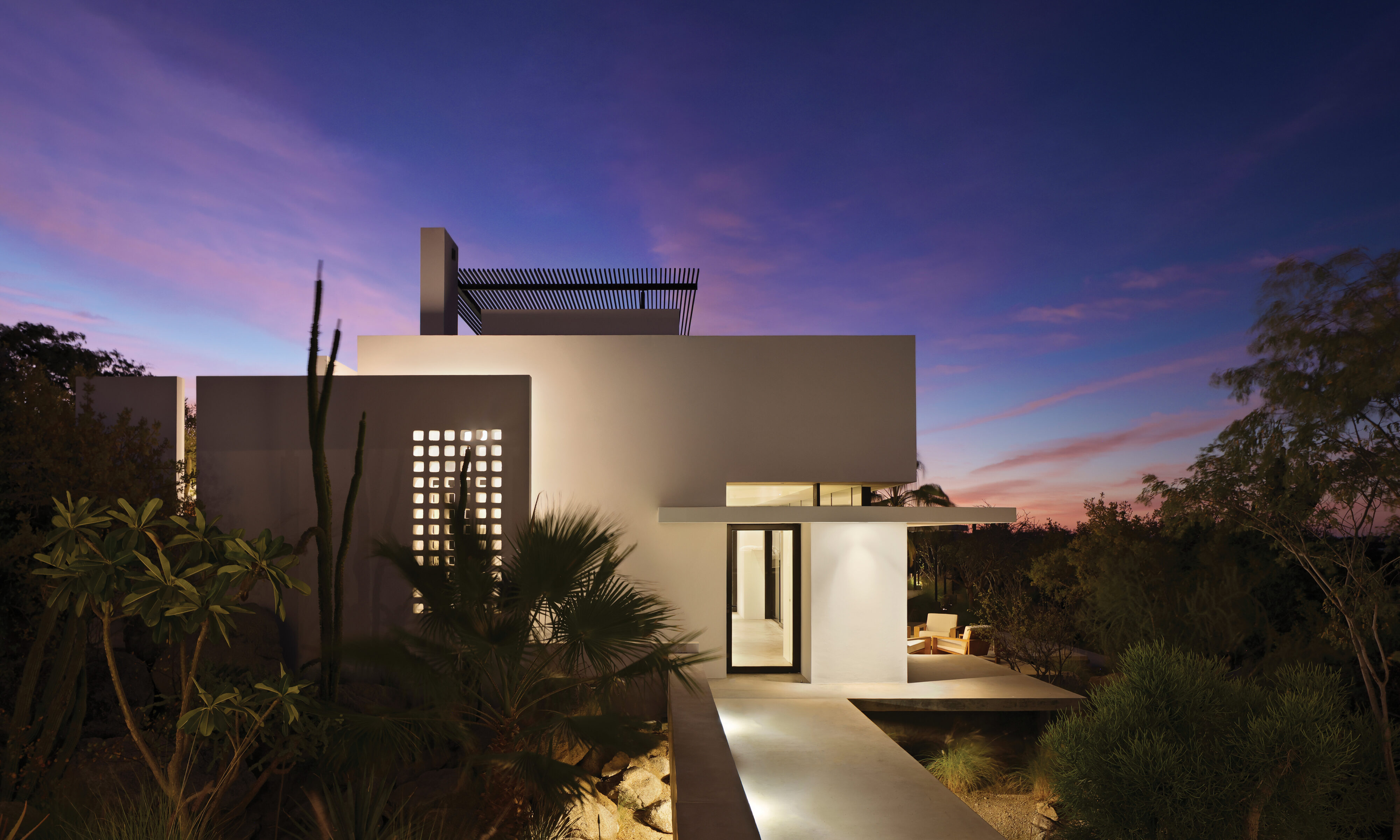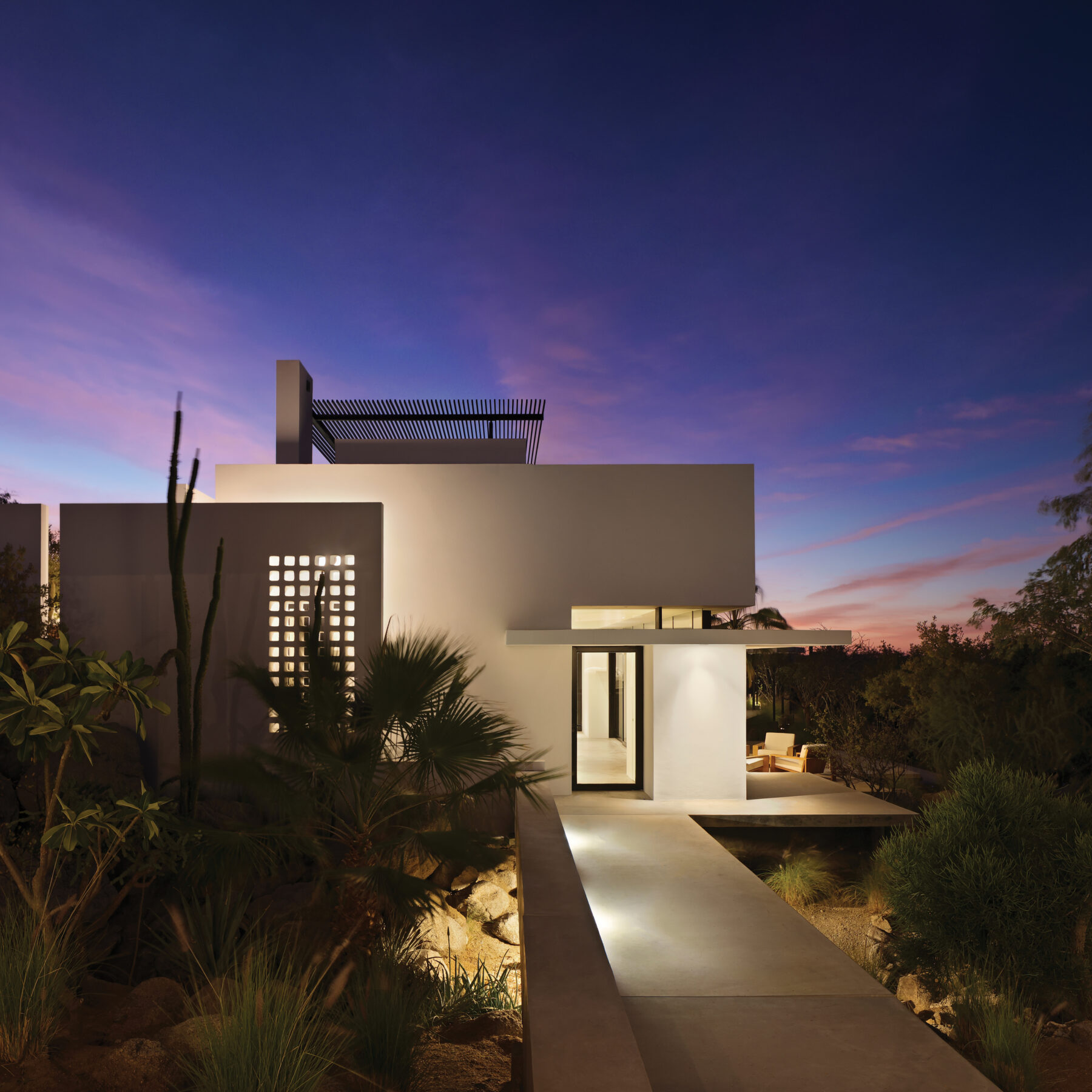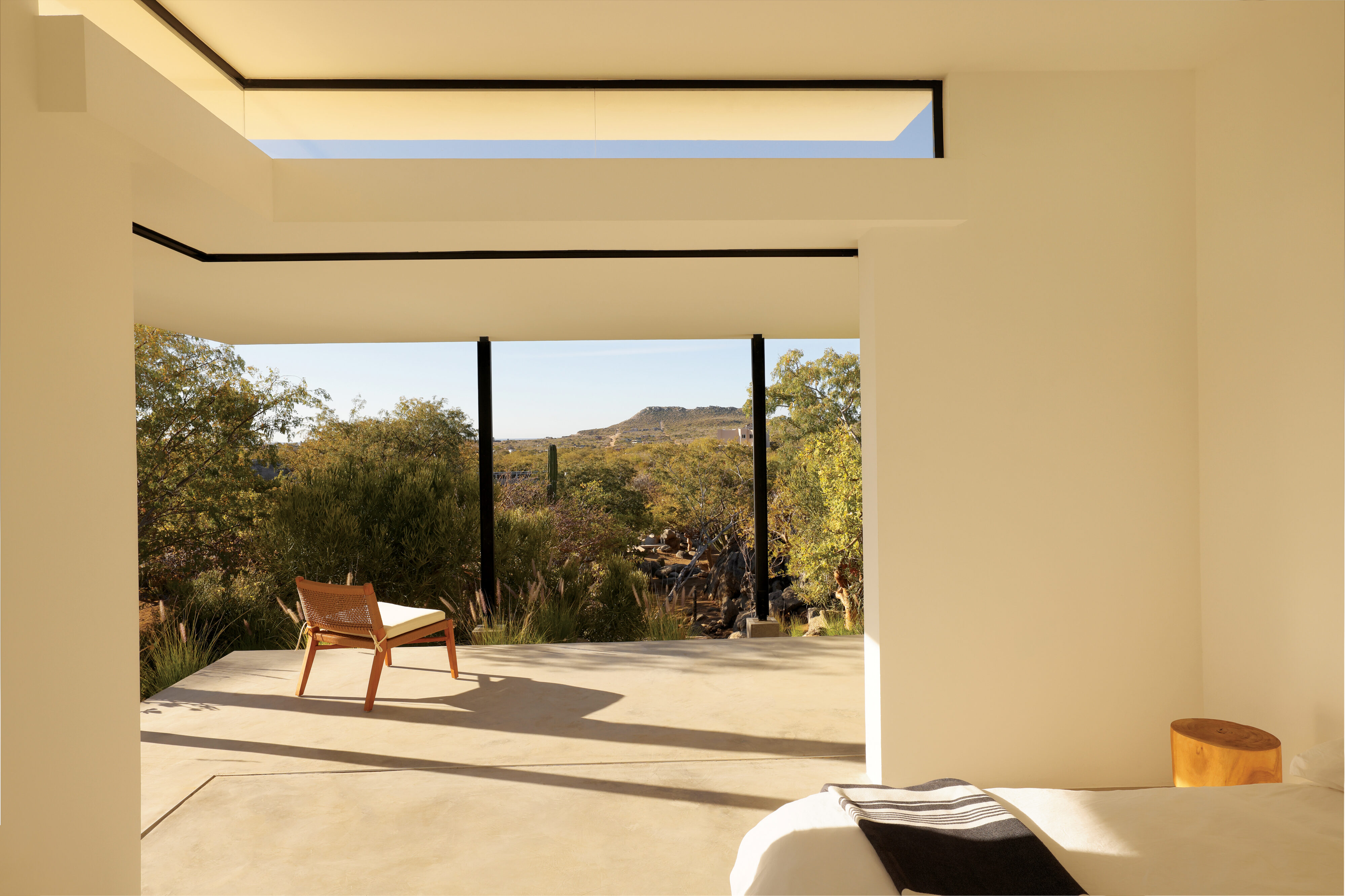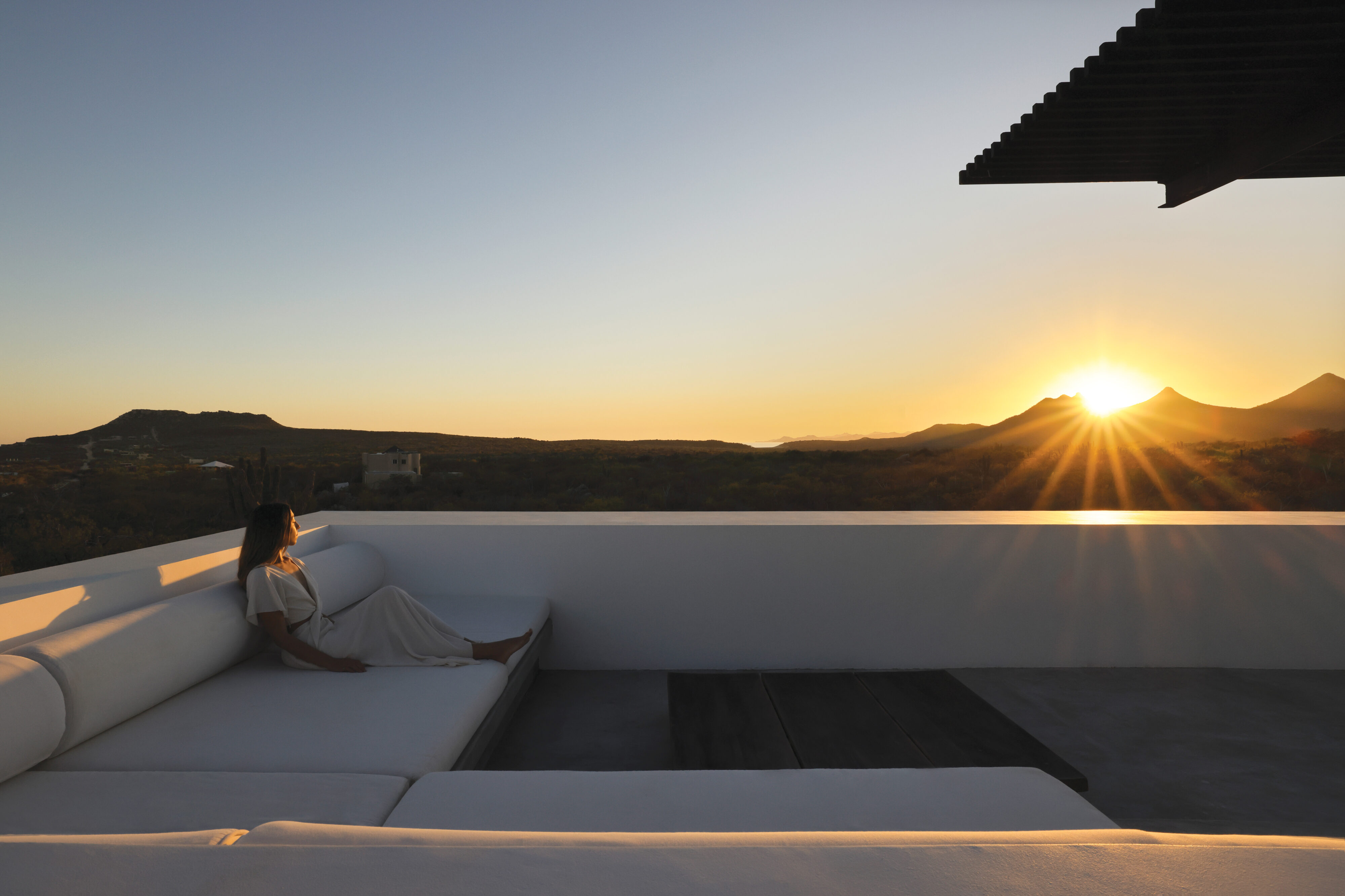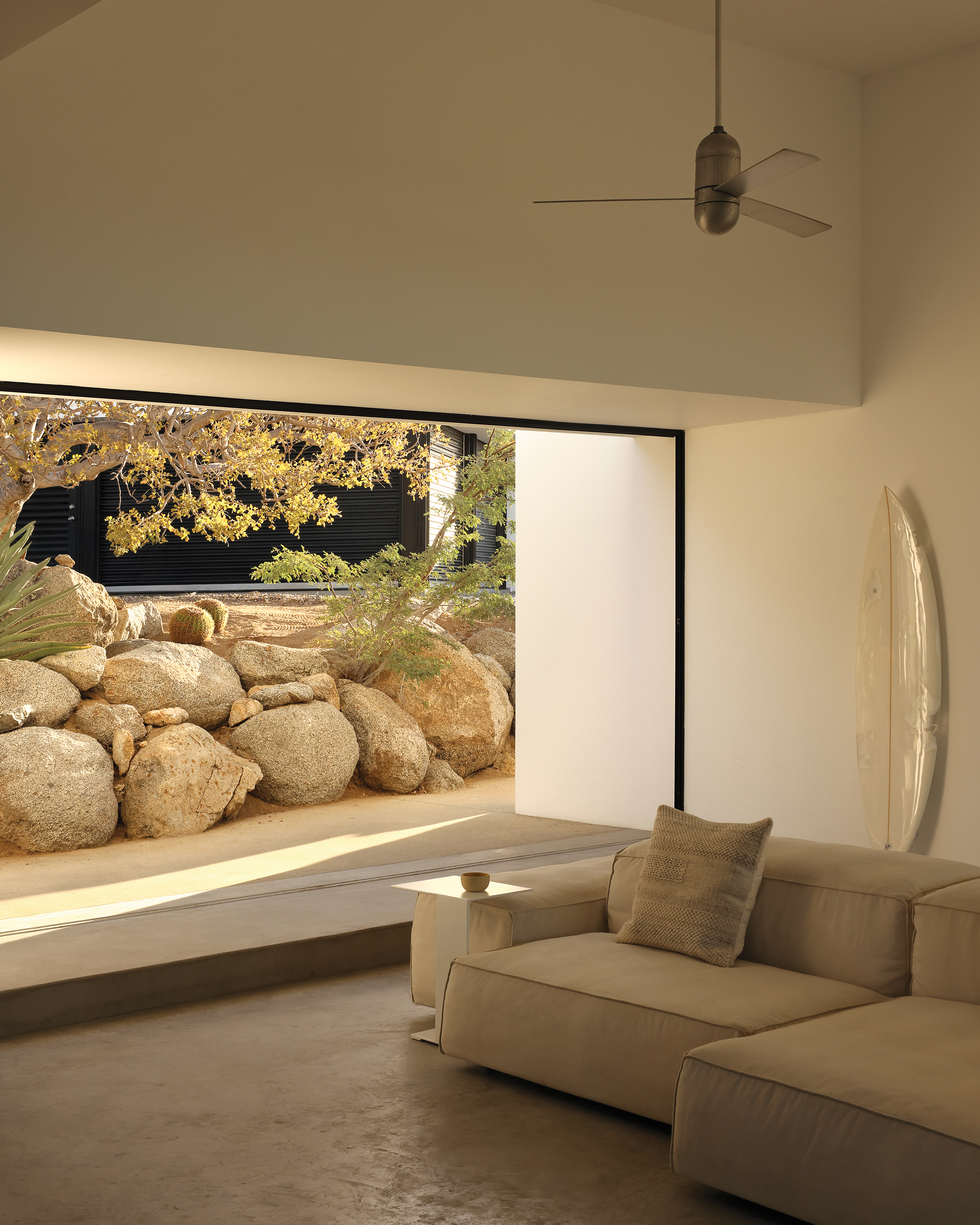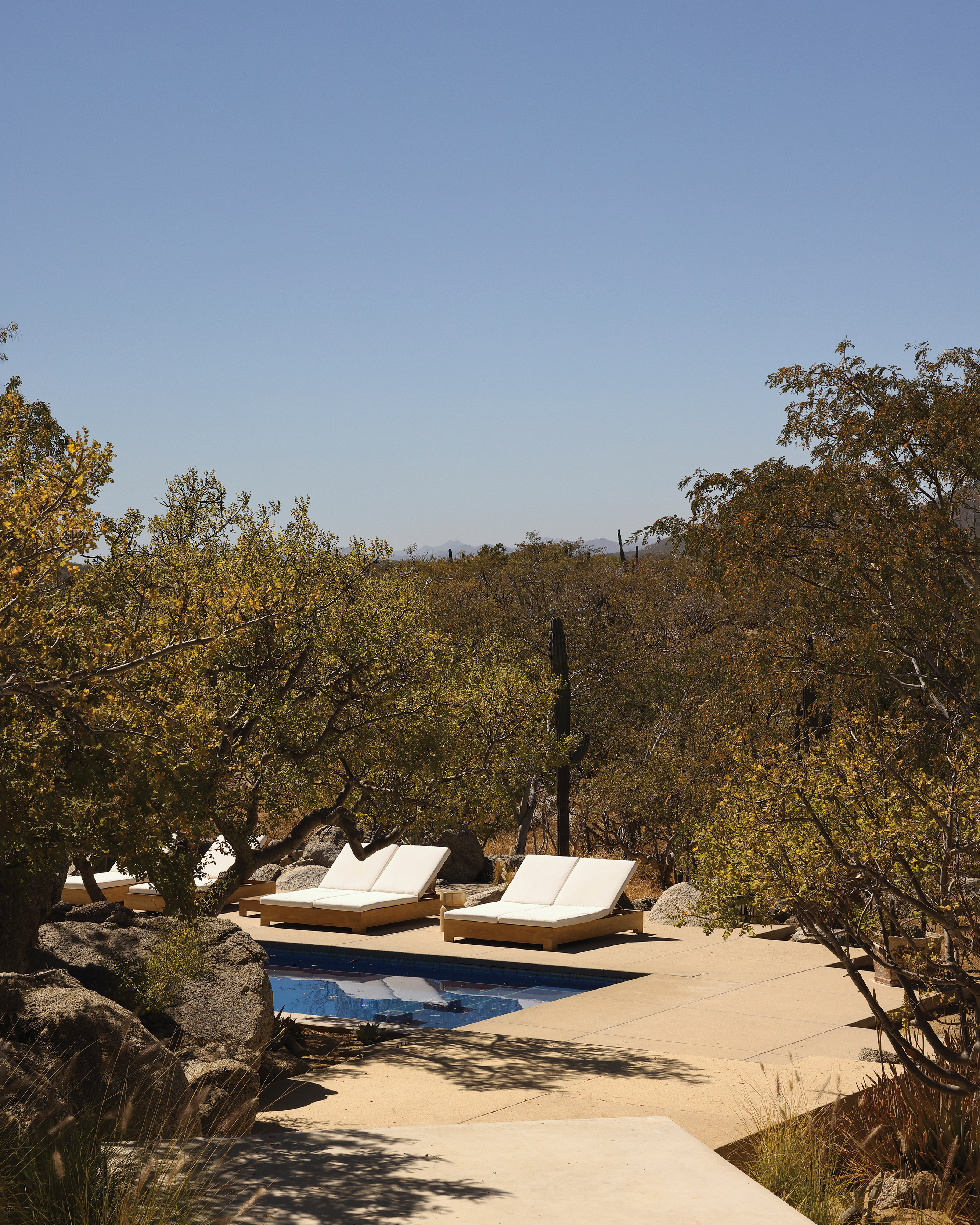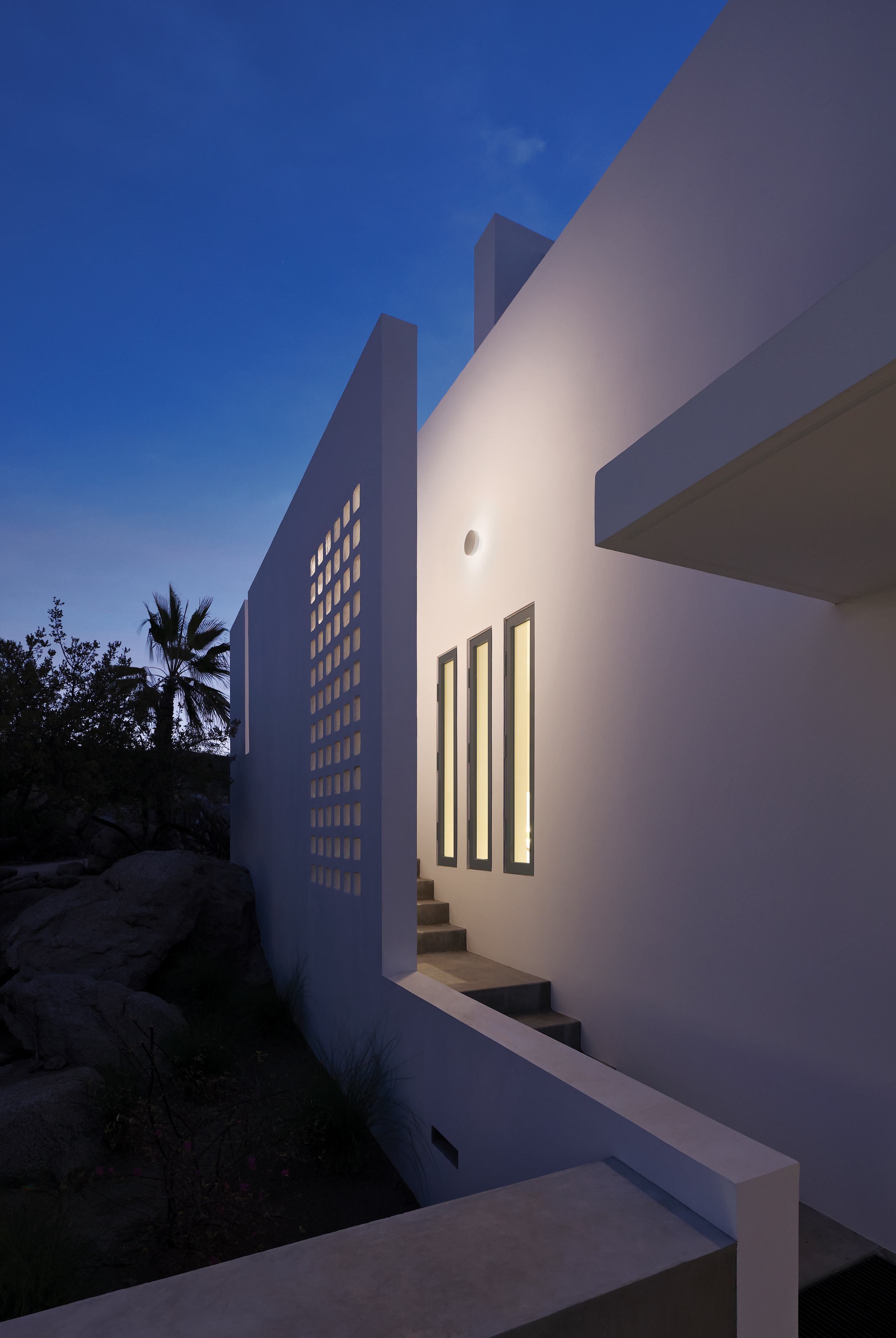Imagine a space that reconnects you to nature inside the comfort of your home through an intentionally built environment. But it involves more than adding a few plants, painting your cabinets green or swapping in a wooden table. In fact, it looks like living in harmony with nature without sacrificing your well-being or the planet’s health.
The term “biophilia” was first introduced by psychoanalyst Erich Fromm in the 1970s. In the 1980s, it was popularized by biologist Edward O. Wilson, who claimed that humans are attracted to and dependent on nature. In The Biophilia Hypothesis, he wrote, “Biophilia, if it exists, and I believe it exists, is the innately emotional affiliation of human beings to other living organisms.”
In the design context, biophilic interiors and architecture are inspired by nature to mimic natural environments. Think raw, eco-friendly materials, wooden accents, abundant natural light, live moss on the walls and a living space that expands beyond its frames.
Javier Campos, principal designer of the award-winning Campos Studio in Vancouver, British Columbia, describes biophilic design as “learning from nature.” More specifically, he describes his approach, which is evident in his studio’s growing portfolio of biophilic homes in Mexico, the United States and Canada, as “based on understanding how people have lived with nature over the millennia in specific climates.”
Beyond aesthetics, biophilic designs can enhance overall well-being. According to a Human Spaces research report, this approach can improve productivity by 6 per cent and creativity by up to 15 per cent. While many of us spend most of our time indoors, a biophilic atmosphere represented by natural elements, such as greenery and natural light, can stimulate the brain, reduce stress and improve cognitive function. In other words, it essentially replicates some of the benefits of being outdoors even when you’re inside.
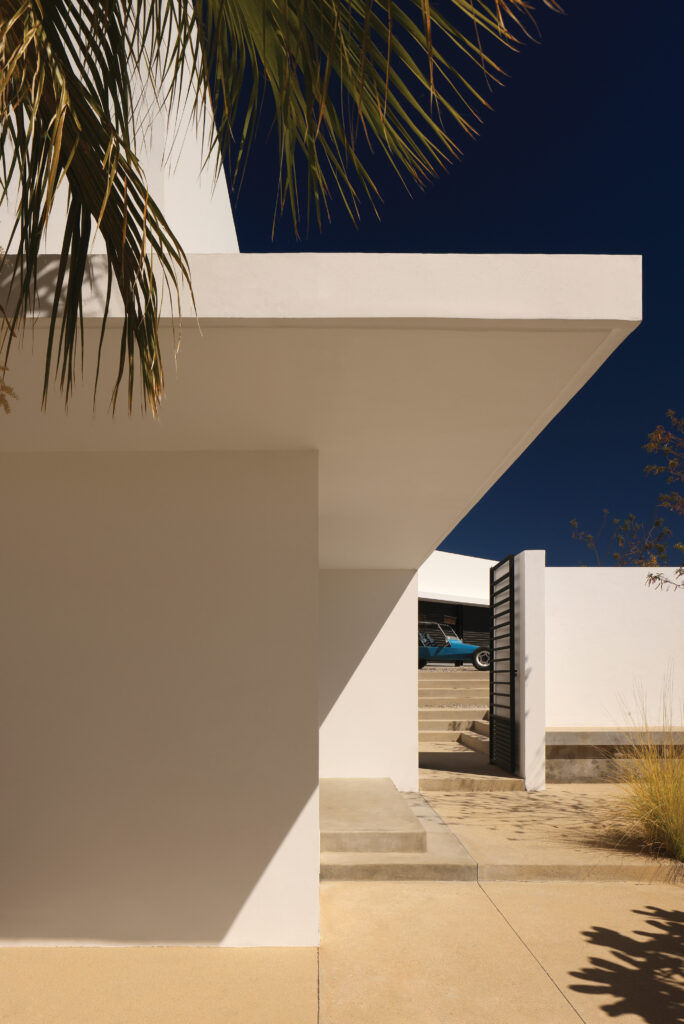
For Max Jenke, professional snowboarder and founder of snowboard product company Endeavor Design Inc., moving into a biophilic space came second nature. His mood board’s non-negotiables were simple: a home in a warm climate with seamless indoor-outdoor flow and pocket sliding doors that could entirely open the space. Thanks to Campos, he found his vision: a 3,500-square-foot home in Mexico’s Los Zacatitos, located on the East Cape in Baja California Sur, and named Zacatitos 01.
“ Max contacted us to get a place down at Baja where he could surf, hang out and spend time with his two young kids,” Campos says. “ This house is, in some ways, perfectly designed for him.”
Jenke and his partner, who are the second owners of the home, agree.
“We fell in love with the unique layout and structure and were excited to take our inspiration from Greek and Brazilian architecture and implement it into the renovation,” he says.
“Biophilia is the innately emotional affiliation of human beings to other living organisms”
Javier Campos
The home is organized into four detached structures, complemented by expansive outdoor areas, all thoughtfully positioned along the natural contours of a bowl-shaped landscape on the four-acre site. At the heart of the design is a central gathering space, flanked by two villas, each with two bedrooms. Every room is minimally accented with wooden finishes, from the doors to the furniture to the panelling. The layout seamlessly integrates indoor and outdoor living with room to connect in between.
“You can start your day by stepping outside your room, enjoying your own private space,” he explains. “Then, if you feel like connecting, there’s a shared space between the two rooms where you can chat with others. From there, you can move into the main area, which includes the kitchen, living room, outdoor seating and an upstairs deck. So, it’s been designed with this gradient of privacy and interaction.”
The overall construction of Zacatitos 01 diversifies how its owners experience the space.
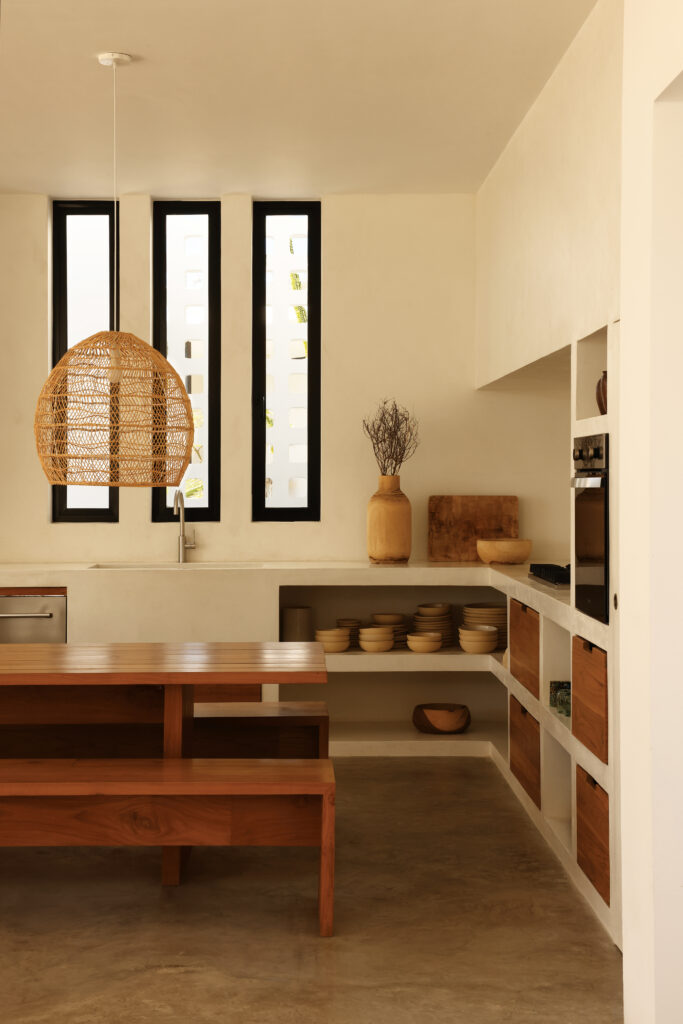
“Blending indoor and outdoor creates an extensive home with so many interesting
areas [where] we spend our time,” says Jenke. “Javier always told us that we would move about the house at different times of the day using various areas for light, temperature and other comforts.”
Located in the remote community of Baja, the Zacatitos 01 home is thoughtfully designed to respond to its extreme desert climate.
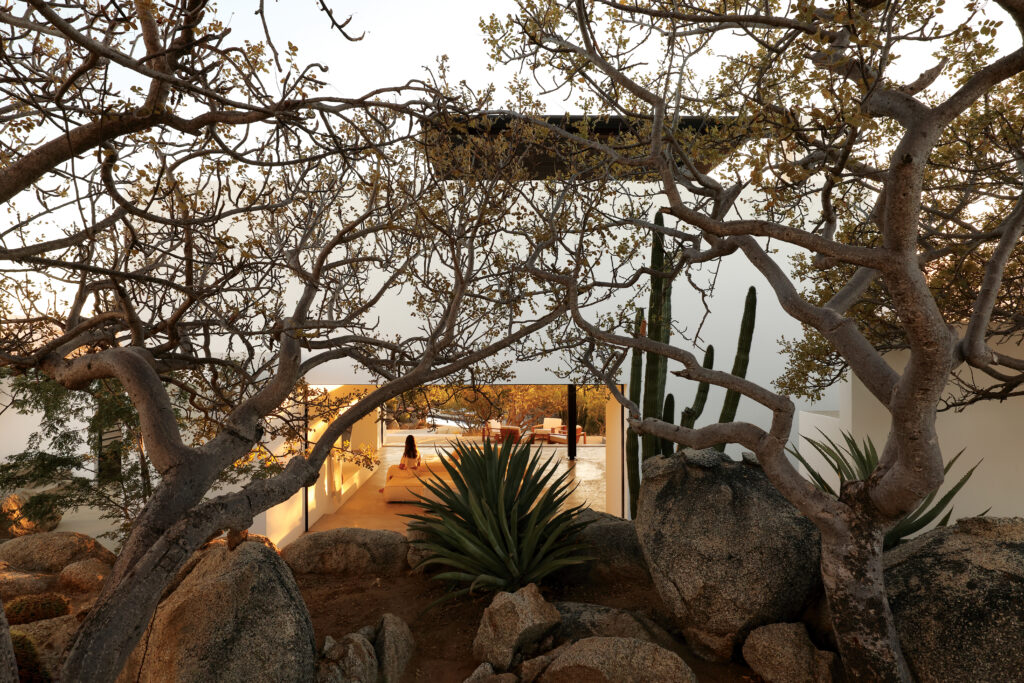
“It’s been interesting being inland from the beach. Most often, beachfront is the most desired positioning but, in Baja, the wind, salt and sand constantly erode the houses, increasing their wear,” explains Jenke. “Being tucked away at the back of Zacatitos is a quiet sanctuary sheltered from the brunt of storms and weather that come through.”
Before designing any biophilic home, Campos studies the surrounding land, including through solar and wind analysis. This allows him to design structures that strategically manage airflow, provide shade during the hottest parts of the day and retain heat when the winter chill sets in. The mission: “To create an environmental home that so seamlessly integrates with the architecture that it becomes an inseparable part of the structure,” he says.
Zacatitos 01 was no exception. Although it sits on an expansive tract of land, it was intentionally built on one side of the property so every sightline can offer a different view.
“You have the foreground of your own garden, a long middle ground and then the background of the mountains and ocean,” says Campos.
Get the
Three from 3
newsletter
Join our global community of sharp, curious thinkers to receive a carefully curated email of the three most important things to read, see and do this week.
Listen and learn.
Tune into Third Culture Leaders, a podcast hosted by our co-founder and publisher, Muraly Srinarayanathas.
Explore how leaders skillfully navigate multiple cultural landscapes, leveraging their diverse backgrounds to drive innovation and change.
Each villa is arranged around a cooling courtyard, planted with indigenous flora and irrigated using grey water.
To the Jenkes family, biophilic design is more than just a passing trend—it’s a philosophy and lifestyle. As the summer settles, it’s the perfect time to bring elements of nature into the home. Here, that’s as simple as creating a natural airflow by opening the doors and windows wide to offer a breath of fresh air no AC unit could ever replicate.
